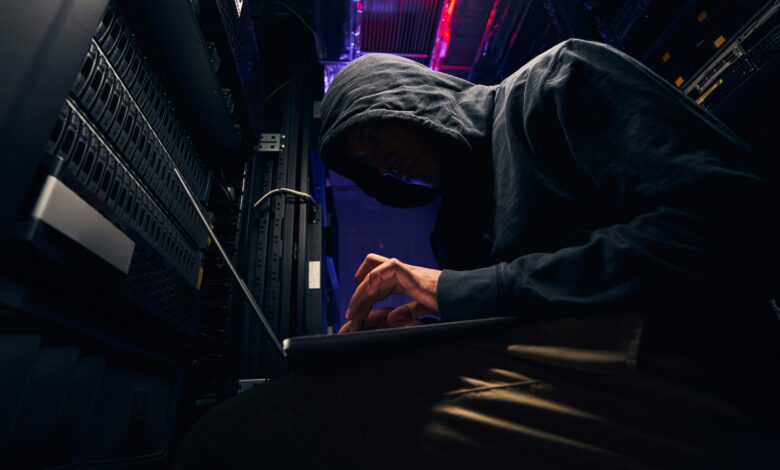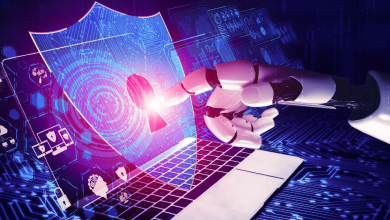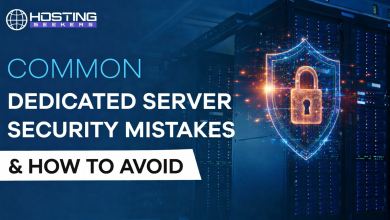
The cyber threat landscape has fundamentally transformed from the days when a simple firewall and antivirus software provided adequate protection. Today’s boardrooms face an entirely different calculus where cyber resilience directly correlates with business continuity, shareholder value, and competitive positioning. The sophistication of modern threats demands an equally sophisticated response from leadership teams who understand that cybersecurity is no longer an IT problem but a business imperative.
In conversations with fellow executives across industries, the sentiment remains consistent: cybersecurity has evolved from a cost center to a strategic differentiator. Organizations that master this transition position themselves for sustainable growth, while those that lag behind face existential risks that can materialize within hours rather than years.
The Sophisticated Adversary: Understanding Today’s Threat Actors
Gone are the days of script kiddies launching unsophisticated attacks for bragging rights. Today’s threat actors operate with the precision and resources of well-funded enterprises, employing advanced persistent threats that can remain undetected for months while systematically extracting valuable data and establishing persistent footholds within corporate networks.
Nation-state actors have emerged as particularly formidable adversaries, leveraging substantial resources to conduct espionage, disrupt critical infrastructure, and steal intellectual property. These groups operate with patience and methodology that surpasses many corporate strategic initiatives, viewing cyber operations as long-term investments in geopolitical advantage.
Criminal organizations have professionalized their operations, creating ransomware-as-a-service platforms that democratize sophisticated attack capabilities. This industrialization of cybercrime has lowered barriers to entry while increasing the volume and complexity of threats facing every organization, regardless of size or sector.
The insider threat dimension adds another layer of complexity that traditional perimeter-based security models struggle to address. Whether malicious insiders or compromised legitimate users, these threats exploit the fundamental trust relationships that organizations depend upon for operational efficiency.
The Attack Surface Expansion: Digital Transformation’s Double-Edged Sword
Digital transformation initiatives have dramatically expanded organizational attack surfaces while creating new vulnerabilities that traditional security frameworks weren’t designed to address. Cloud migration, remote work adoption, and Internet of Things deployments have dissolved traditional network perimeters, forcing security teams to rethink fundamental assumptions about trust and access control.
The shift to hybrid work models has particularly amplified risk exposure. Corporate data now flows through home networks, personal devices, and public Wi-Fi connections that lack enterprise-grade security controls. This distributed environment requires security architectures that can maintain visibility and control regardless of user location or device type.
Supply chain vulnerabilities represent another critical evolution in the threat landscape. The SolarWinds incident demonstrated how sophisticated adversaries can compromise trusted software providers to gain access to downstream customers. This attack vector exploits the interconnected nature of modern business relationships, turning trusted partnerships into potential security liabilities.
Cloud service dependencies introduce shared responsibility models that many organizations struggle to navigate effectively. While cloud providers offer robust security capabilities, the configuration and management of these controls remain customer responsibilities that require specialized expertise and continuous attention.
The Business Impact Calculus: Beyond Technical Metrics
Cyber incidents no longer represent isolated IT problems but business-wide disruptions that can affect every aspect of organizational performance. The average cost of a data breach now exceeds $4 million, but these direct costs pale in comparison to the long-term impacts on brand reputation, customer trust, and competitive positioning.
Regulatory compliance requirements have escalated both the complexity and consequences of cybersecurity failures. GDPR, CCPA, and sector-specific regulations impose substantial penalties for data protection failures while requiring organizations to demonstrate proactive security measures rather than merely reactive incident response capabilities.
Operational resilience has become a board-level concern as cyber incidents can disrupt core business processes for extended periods. The Colonial Pipeline ransomware attack demonstrated how cybersecurity failures can cascade into broader economic impacts, affecting supply chains, consumer behavior, and market stability.
Intellectual property theft represents perhaps the most insidious form of cyber damage, as organizations may never fully understand what competitive advantages they’ve lost to sophisticated adversaries. The theft of research and development data, strategic plans, and customer information can undermine years of investment and innovation.
Strategic Preparation: Building Cyber Resilience
Effective cybersecurity preparation requires treating security as a business capability rather than a technical function. This means aligning security investments with business objectives, risk tolerance, and strategic priorities rather than simply deploying the latest security technologies without clear business context.
Risk assessment frameworks must evolve beyond traditional compliance checklists to encompass business impact scenarios that resonate with executive leadership. Understanding how cyber incidents could affect revenue, operations, and competitive positioning enables more informed investment decisions and resource allocation priorities.
The concept of zero trust architecture has gained prominence as organizations recognize that traditional perimeter-based security models cannot address modern threat vectors. Zero trust principles require verifying every user, device, and transaction regardless of location or apparent trustworthiness, fundamentally changing how organizations approach access control and data protection.
Incident response planning represents a critical investment that many organizations underprioritize until facing an actual crisis. Effective incident response requires more than technical procedures; it demands clear communication protocols, decision-making authorities, and business continuity measures that can maintain operations during security incidents.
Investment Priorities: Where to Focus Resources
Security awareness training has evolved from compliance exercises to strategic investments in human-centered security. Modern training programs focus on behavioral change rather than information transfer, helping employees understand their role in organizational cyber resilience while providing practical skills for identifying and responding to threats.
Advanced threat detection capabilities represent another critical investment area, particularly solutions that leverage artificial intelligence and machine learning to identify anomalous behavior patterns that traditional signature-based tools might miss. These capabilities enable organizations to detect sophisticated attacks that rely on stealth and persistence rather than obvious indicators of compromise.
When organizations recognize the complexity of modern cyber threats, many choose to augment internal capabilities with external expertise. Professional IT cyber security services support can provide specialized knowledge, 24/7 monitoring capabilities, and incident response expertise that most organizations cannot economically maintain in-house.
Backup and recovery systems require particular attention in an era of ransomware threats that can encrypt critical data and systems. Effective backup strategies must address not just data protection but also system restoration capabilities that can minimize business disruption during recovery operations.
Future-Proofing: Preparing for Tomorrow’s Threats
Artificial intelligence and machine learning represent both opportunities and challenges for cybersecurity professionals. While these technologies enable more sophisticated threat detection and response capabilities, they also empower adversaries to develop more effective attack methods and social engineering techniques.
Quantum computing represents a longer-term threat that could fundamentally undermine current encryption standards. Organizations must begin preparing for post-quantum cryptography transitions while maintaining current security standards until new technologies mature.
The expanding Internet of Things ecosystem will continue creating new attack vectors as organizations deploy connected devices across operational technology environments. Securing these devices requires different approaches than traditional IT security, particularly in industrial and critical infrastructure contexts.
Conclusion
The evolution of cyber threats demands a corresponding evolution in organizational thinking about cybersecurity investments and strategies. Success requires treating cybersecurity as a business enabler rather than a cost center, aligning security capabilities with strategic objectives while maintaining the agility to adapt to emerging threats.
Organizations that invest in comprehensive cyber resilience programs position themselves for sustainable competitive advantage in an increasingly digital economy. This requires not just technical capabilities but also organizational culture, leadership commitment, and strategic vision that recognizes cybersecurity as fundamental to business success.
Devsinc understands these challenges and helps organizations build robust cybersecurity capabilities that protect business value while enabling growth and innovation. The choice is clear: invest proactively in cyber resilience or accept the escalating risks of operating in today’s threat environment.




